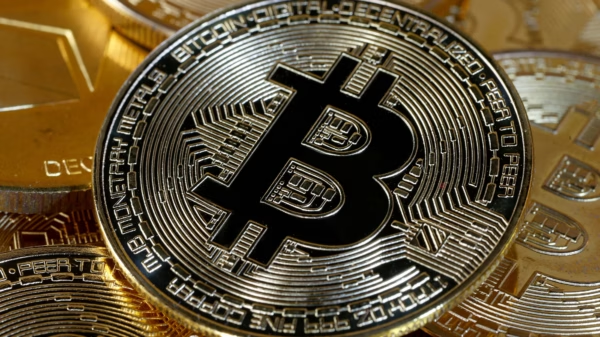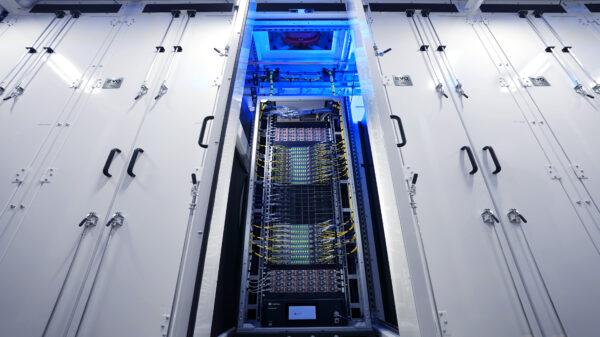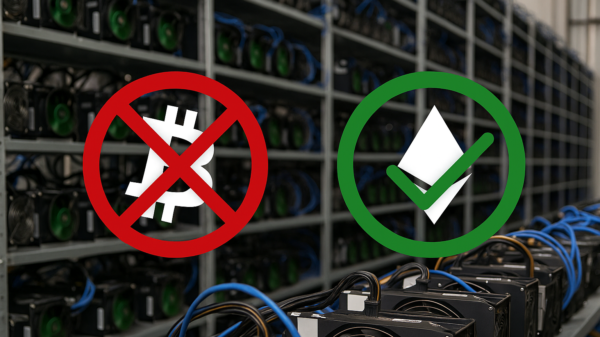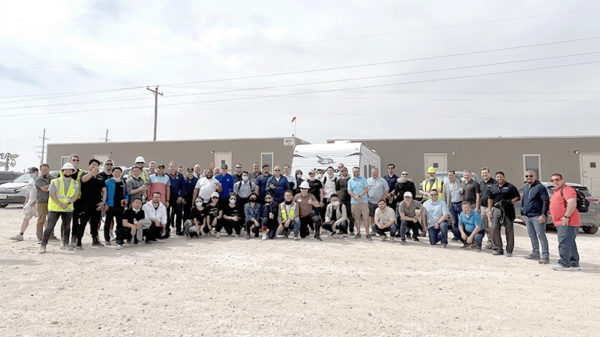Marathon Digital Holdings (NASDAQ: MARA) has found a way to add more value to its Bitcoin mining operations.
The company said on Friday that it has provided heating for approximately 80,000 people in Finland. The original pilot program started in June with 11,000 homes in Finland’s Satakunta region. The recent addition brought another 67,000 more residents to its network.
In June, the miner stated it uses district heating technology to address the surplus heat generated by Bitcoin mining. This system centrally heats water and channels it efficiently through underground pipelines to warm homes.
Marathon is the world’s largest Bitcoin mining company with a valuation of approximately USD$7 billion. It holds a prominent position in the crypto space as the second-largest publicly listed entity in Bitcoin ownership, with 44,394 BTC on its balance sheet.
“Bitcoin Mining Heat recycling is not an edge case any more, it’s a real thing, been done at increasing scale. 80,000 homes heated through Bitcoin mining is significant, and its just the start of what’s possible,” said Daniel Batten, venture capitalist.
Meanwhile, Marathon demonstrates its commitment to sustainability by expanding beyond heat recycling. Earlier this month, the company strengthened its renewable energy portfolio by acquiring a wind farm in Hansford County, Texas.
The firm announced that this acquisition will reduce energy costs, alleviate grid congestion, and promote the broader adoption of renewable energy.
“Finland’s electricity production profile is very attractive from the perspective of industrial large-scale flexibilities, as there is little large-scale consumption flexibility (this can be seen directly from the fluctuation of electricity prices & the explosive growth of weak hourly prices),” said Thomas Brand, Bitcoin researcher.
Read more: Two tech companies tackle existential quantum threat to blockchain
Read more: Vancouver bid to become Bitcoin-friendly city blocked by crypto-unfriendly British Columbia
Coal, natural gas and oil are typical primary energy sources
The dominant narrative portraying Bitcoin as environmentally unfriendly centers on the immense energy consumption required for its mining process. Bitcoin mining involves a proof-of-work (PoW) consensus mechanism, where miners solve complex mathematical problems to validate transactions and add them to the blockchain. This process is computationally intensive, necessitating substantial electricity to power the specialized hardware used in mining.
Critics often point to the global scale of Bitcoin mining, which relies heavily on fossil fuels in some regions. Coal, natural gas, and oil are primary energy sources in several mining hubs, particularly in areas with minimal access to renewable energy. This dependency results in high carbon emissions, which contribute significantly to climate change. Studies have suggested that Bitcoin’s annual energy consumption rivals that of entire countries, such as Argentina or the Netherlands, amplifying concerns about its sustainability.
Another aspect fueling this narrative is Bitcoin’s inability to scale efficiently. Unlike traditional financial systems that process millions of transactions with relatively low energy usage, Bitcoin’s decentralized network expends considerable energy for every single transaction. This inefficiency exacerbates its perceived environmental impact.
High-profile commentary from influential figures, including environmental advocates and policymakers, has further cemented Bitcoin’s reputation as an environmental risk. For instance, critics highlight that the environmental costs of Bitcoin outweigh its benefits, particularly when compared to more energy-efficient alternatives like proof-of-stake (PoS) blockchains.
In response to this narrative, some Bitcoin advocates argue that miners are increasingly adopting renewable energy sources and improving energy efficiency. However, the criticism remains prevalent, especially as governments and corporations prioritize decarbonization and climate action. Bitcoin’s energy-intensive design continues to be a focal point in debates over its long-term viability and environmental impact.
.













